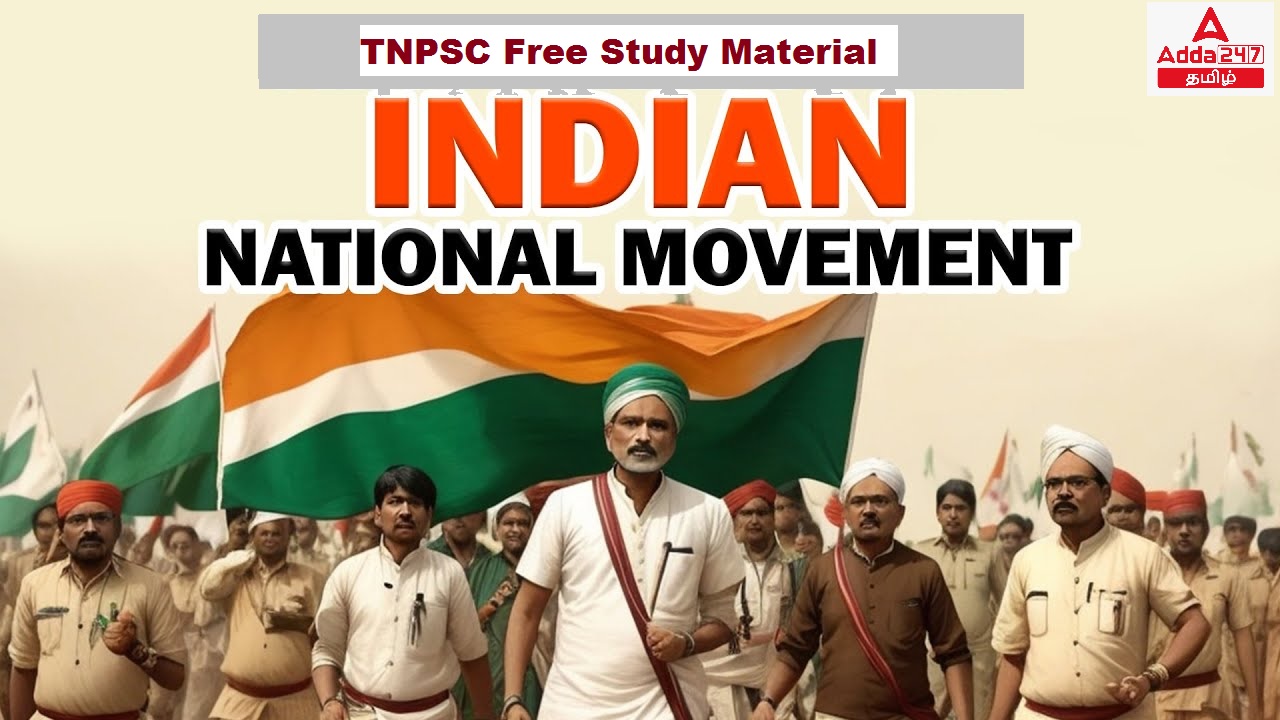இந்தக் கட்டுரையில், TNPSC குரூப் 1, குரூப் 2, குரூப் 2A, குரூப் 4 மாநிலப் போட்டித் தேர்வுகளான TNUSRB, TRB, TET, TNEB போன்றவற்றுக்கான முறைகள் இலவசக் குறிப்புகளைப் பெறுவீர்கள்.தேர்வுக்கு தயாராவோர் இங்குள்ள பாடக்குறிப்புகளை படித்து பயன்பெற வாழ்த்துகிறோம்.
Swarajist Party
Introduction
1922 December – Gaya congress session, split within Congress due to the suspension of
the Non-Cooperation Movement.
Some of the Congressmen led by Motilal Nehru and C.R. Das – pro-changers
Aim of Swarajist – Wanted to contest the elections and enter the legislature.
Division of Congress
Chittaranjan Das and Motilal Nehru proposed a new line of activity.
Congress was divided into two groups viz. pro-changers and no changers
Pro- changers
Pro – changers wanted to return to active politics which included entry into electoral
politics and demonstrate that the nationalists were capable of obstructing the working
of the reformed legislature by capturing them and arousing nationalist spirit.
This group came to be called the ‘Swarajists and pro-changers’.
The pro-changers launched the Swarajya party as a part of the Congress.
In Tamil Nadu, Satyamurti joined this group.
No Changers
No Changers was another group which opposed council entry and wanted to continue
the Gandhian line by mobilizing the masses.
Led by Rajagopalachari, Vallabhai Patel and Rajendra Prasad.
They argued that electoral politics would divert the attention of nationalists and pull
them away from the work of mass mobilization and their issues.
They favoured the continuation of the Gandhian constructive programme of spinning,
temperance, Hindu-Muslim unity, removal of untouchability and mobilise rural masses
and prepare them for new mass movements.
Swaraj Party
1 January 1923 – Swaraj Party was formed by leaders like Motilal Nehru and Chittranjan
Das within the Congress.
Aim – The Swarajists wanted to contest the council elections and wreck the government
from within.
November 1923 – Elections to Legislative Councils were held. In this election Swaraj
party won.
Swaraj Party members were elected in large numbers to the Imperial Legislative
Assembly and the various Provincial Legislative Councils
In Central Assembly, Swaraj party winning 42 seats of the 101 seats open for election.
In the Central Legislative Council Motilal Nehru became the leader of the party whereas
in Bengal the party was headed by C.R. Das.
They effectively used the legislature as a platform for propagation of nationalist ideas.
In Bengal, they refused to take charge of transferred subjects, as they did not want to
cooperate with the government.
With the cooperation of other members they were able to stall many anti-people
legislations of the colonial regime, and were successful in exposing the inadequacy of
the Act of 1919.
The Swaraj Party began to decline after the death of its leader C.R. Das in 1925.
Some of the Swaraj Party members began to accept government offices.
Finally Swaraj Party withdrew from the legislatures in 1926.
Even the Swaraj party was affected by the sectarianism as one group in the name of
‘responsivists’ started cooperating with the government, claiming to safeguard “Hindu
interests”.
The Muslim fundamentalists similarly seized the space created by the lull in national
struggle and started fanning communal feeling.
Gandhi was pained at the Rise of Left Radicalism
To contain the communal frenzy, he went on a 21 day fast.
*************************************************************************
| Adda247 TamilNadu Home page | Click here |
| Official Website=Adda247 | Click here |




